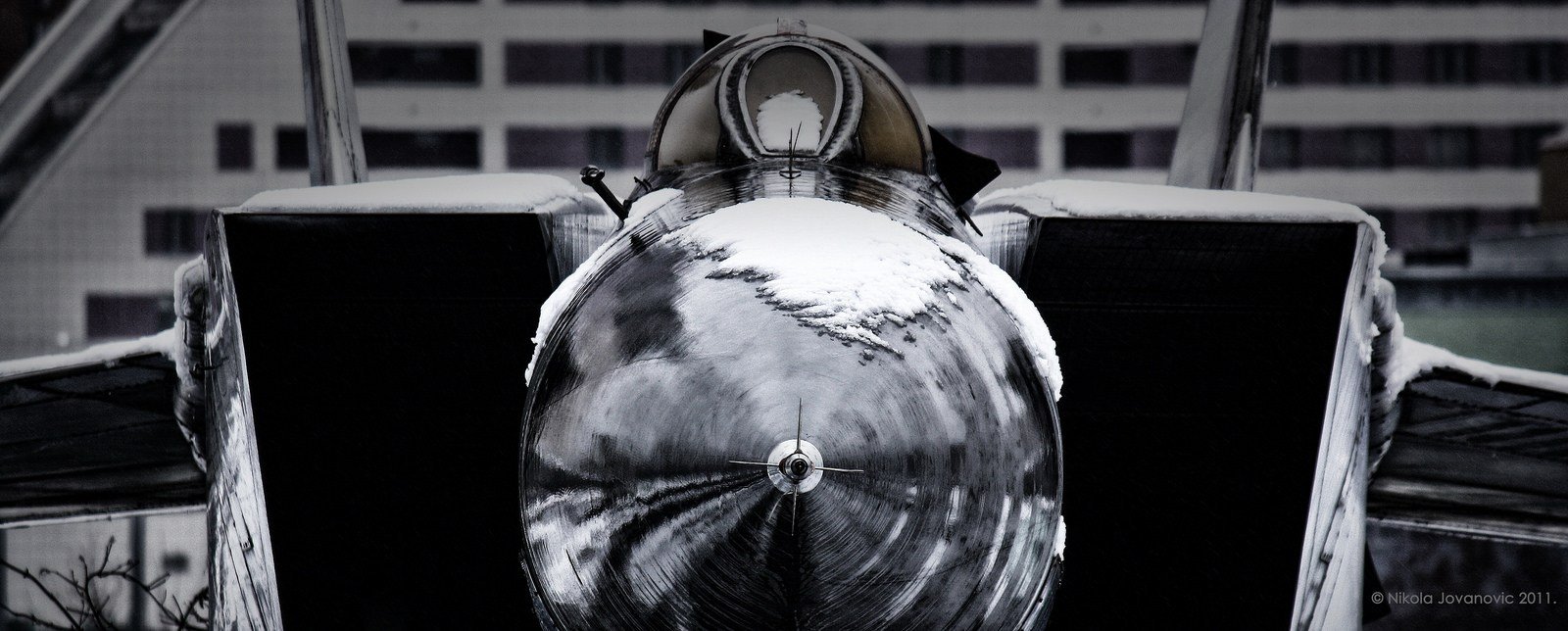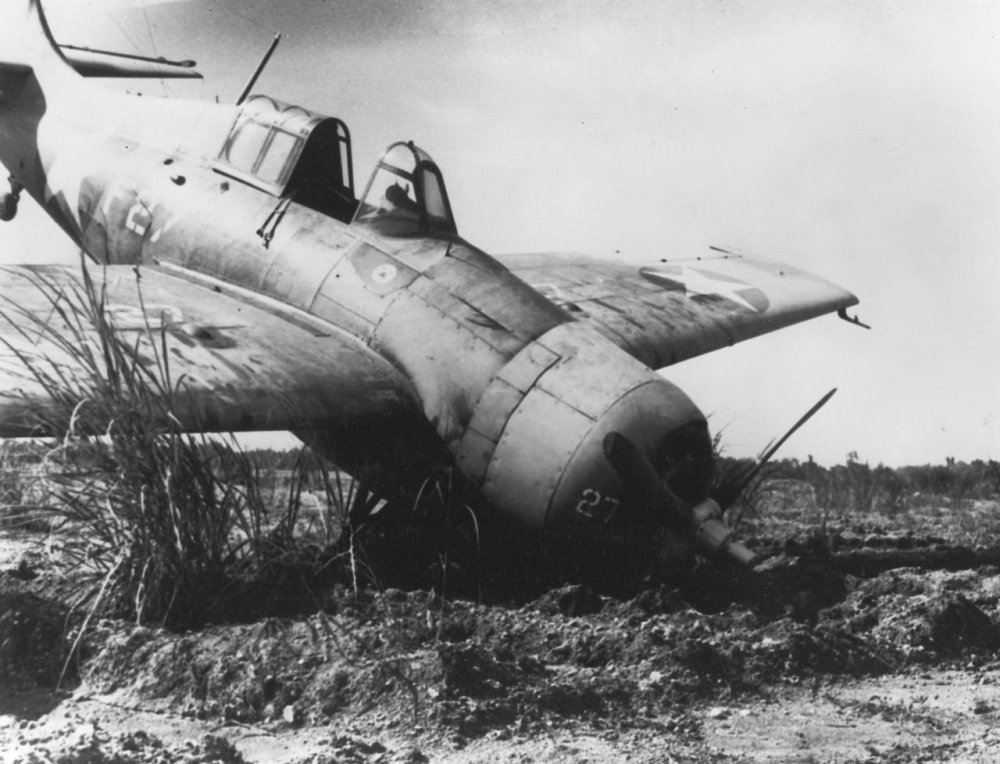-
Posts
10,941 -
Joined
-
Last visited
Content Type
Profiles
Forums
Events
Gallery
Everything posted by Martinnfb
-

What is on your bench right now ? Share a picture :)
Martinnfb replied to Martinnfb's topic in Modelling Discussion
These bots are so cool , but also so pricey, I always wanted to build one , yet the price tag was a huge deterrent, maybe one day. -

What is on your bench right now ? Share a picture :)
Martinnfb replied to Martinnfb's topic in Modelling Discussion
This is pretty sick little dio, love the composition, it brings everything to life. To build a realistic looking aeroplane is relatively simple task, to detail paint a realistic figure is a completely different ballgame. Looking great Gaz -
Ouch, it’s hard to imagine the frustration and pain. Speedy recovery Dude.
-

Fw190A-8 3/JG1 crash Vreeland
Martinnfb replied to JeroenPeters's topic in LSM 1/35 and Larger Work In Progress
That’s wild, master class level. Can’t wait for filters an pencils and rest of your overall weathering magic Jeroen. cheers M. -
Amazing!
-

Volcano eruption on La Palma, my neighbor island
Martinnfb replied to DocRob's topic in General Discussion
Good news are always welcome. All the best Rob -

1:32nd scale Junkers D.I
Martinnfb replied to sandbagger's topic in WW1 1/48 and larger Ready for Inspection
Nothing else to add, simply stunning Cheers Martin -

Tamiya Sturmgeschutze IIIG with Ostketten
Martinnfb replied to GazzaS's topic in LSM Armour Finished Work
I could I missed out on this baby? Lovely build Gaz, subtle weathering, clean and precise. cheers M -
Everyone of Oliver’s builds has a personality touch, this one is no different. Love it!
-

Done - F-4EJ Kai Phantom - The Last of it's Kind ZM 1/48
Martinnfb replied to DocRob's topic in LSM 1/48 Work in Progress
Holy smokes, now we talking exhaust. Amazing shading Rob.- 177 replies
-
- 5
-

-

-

617 Sqn Tornado Dambuster 70th
Martinnfb replied to Kaireckstadt's topic in LSM 1/35 and Larger Work In Progress
Lovely detail, I really like the colouration of the screens. I wish my work was so clean and tidy Cheers Martin -

RFM 1/35 Tiger 1 early Production "Full Interior"
Martinnfb replied to KevinM's topic in LSM 1/35 and Larger Work In Progress
Yup, this is exciting, clean and sharp. -
Why not?
-
-
-

Fw190A-8 3/JG1 crash Vreeland
Martinnfb replied to JeroenPeters's topic in LSM 1/35 and Larger Work In Progress
Those masks cost more that the kit itself, but the results are pretty impressive. -
Sweet!
- 2,032 replies
-
- 2
-

-
- car related stuff
- anything about cars
-
(and 6 more)
Tagged with:
-
-
-
-
-
Nice hiding space you have there Scott, although it’s hard to see how your poor mustang getting wet
-












